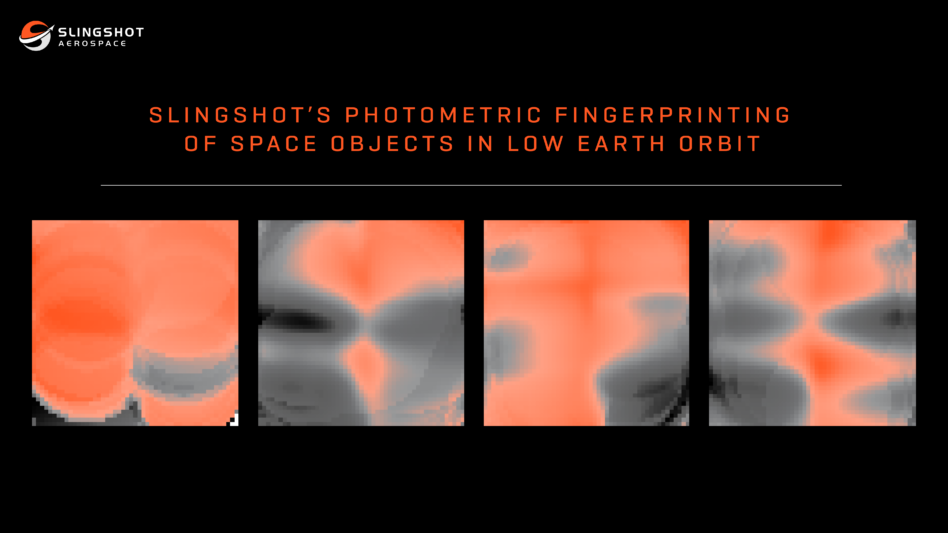Slingshot Aerospace won a SBIR Phase 2 contract from AFWERX worth at least $1.2M to help the DoD better track and identify nefarious activities on orbit, through Slingshot’s RAPTOR program.
As space becomes increasingly militarized, and Chinese and Russian sats ramp up their dynamic capabilities, the DoD plans to improve its ability to maintain a watchful eye on potential adversaries.
“Now we’re in a place where we know that first [conflict] signals are going to be in space,” Tim Solms, Slingshot’s CEO, told Payload. “That’s where we’re going to see the first moves of any potential threat to the US, or US allies.”
Light tag: The program—fully titled the Rapid Analysis of Photometric Tracks for space Object identification and behavior Recognition program—leverages Slingshot’s Global Sensor Network and AI to track, analyze and report on behaviors of objects in LEO.
Using photometric sensors, Slingshot can spot an orbital object’s unique light-based “fingerprint” to help the DoD understand the technology that America’s adversaries are deploying in space.
- RAPTOR can track newly launched satellites, and compare their digital fingerprint to other known sats, to help determine their type and mission.
- The program will help the DoD maintain custody of objects in space. When tracking of an object is lost, Slingshot’s catalog of photometric data, which captures 4.5M observations each night, can help to quickly regain the line of sight.
- RAPTOR can also detect anomalies. If a satellite isn’t where it’s supposed to be, or is behaving unusually, the program can quickly alert the DoD and characterize what’s happening.
ASAP: Throughout the contract, Slingshot will be training its AI model to spit out reports on nefarious behaviors in space—with speed. The RAPTOR system can go from observing a satellite in space, to reporting the insights to the appropriate channels, in just under nine minutes—a number Slingshot hopes to slash to under a minute by the end of the year, according to Solms.
While other space situational awareness methods use radio frequency or infrared sensors, Slingshot’s optical sensors gather more info on a satellite’s specific operations, helping the DoD to infer not just how a satellite is moving, but what it’s doing on orbit.
“There’s an elegance to a light curve of an object,” Solms said. “We can see how an object is maneuvering, when it’s making a burn. Is it turning, tumbling, is it static? Is it throwing off some signals that it’s alive or dead?”




